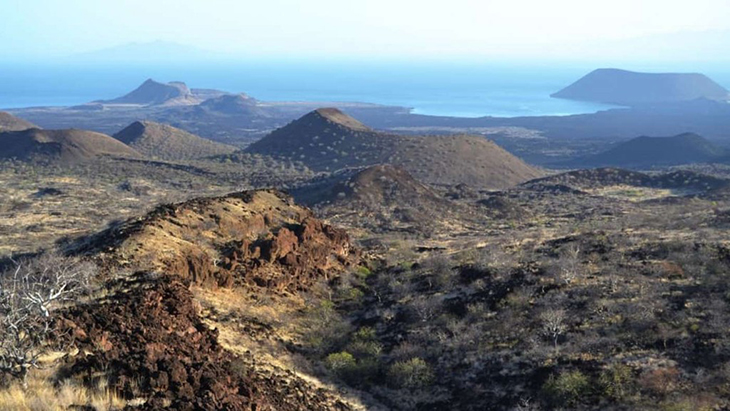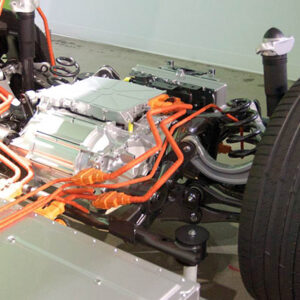
In a far-flung area in northern Kenya, a startup company will grow minerals by gathering CO2 from the air and storing it at least 1,300 feet beneath the ground, placing it in volcanic rocks. Then, they’ll allow nature to take its course by turning them into stone via greenhouse gas.
These otherwise incredibly fertile grasslands of Tsavo or Amboseli national parks is considered quite barren, precisely due to its volcanic history. And this process of placing CO2 into basalt rock, which has been successfully used in Iceland, is something new to the African country, but the hope is that they will be just as fruitful.
The company, called Cella Mineral Storage, will partner with Kenya’s growing geothermal energy sector to provide this zero-emission permanent carbon sequestration solution. The hope is to place a facility that sucks CO2 from the air and place it underground, where the geothermal plant is drilling to produce electricity.
Africa admits to being one of the continents that is one of the last in line when it comes to being a climate-neutral continent, mostly due to having weak access to electricity and unreliable grids.
However, due to Kenya’s location on the globe, it actually has a great advantage when it comes to making solar, wind and other geothermal energy sources for the country. In this light, the Kenyan government is hoping to become ‘the continent’s largest exporter of carbon credits.’ And if this project comes to pass and is truly successful, it will mark them as one of the biggest names in carbon capture programs through the Cella Mineral Storage project.
According to Claire Nelson, CEO of Cella, in an interview with Fast Company, “When you’re thinking about large-scale carbon removal, it makes the most sense in a place where there’s a ton of renewables.”
As for Kenya’s electricity needs, almost half of them are filled via geothermal power. Moreover, at least 92% of the current power needs are supplied by renewables as well. In fact, statistics show that there is so much geothermal electricity in the country that there’s a huge surplus of power that could even power at least 20 carbon capture stations.
Although Cella has yet to give an estimate as to how much carbon dioxide their capture stations will manage to get, studying other types of installations will give a general idea of how much they can capture.
A former report on the biggest carbon capture plant, Tata Chemicals Europe located in the United Kingdom, captures at least 40,000 metric tons of carbon dioxide annually, which is basically the same as removing the use of 20,000 cars from the roads.
Meanwhile, another project by the Orca factory in Iceland, which uses the same kind of set up as Cella plans in Kenya, manages to capture 4,000 tons a year.
What are your thoughts? Please comment below and share this news!
True Activist / Report a typo


